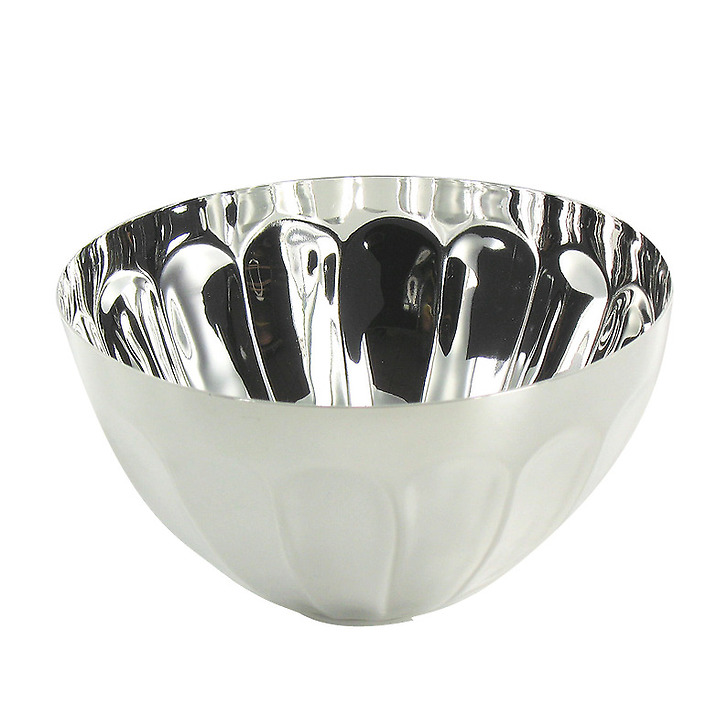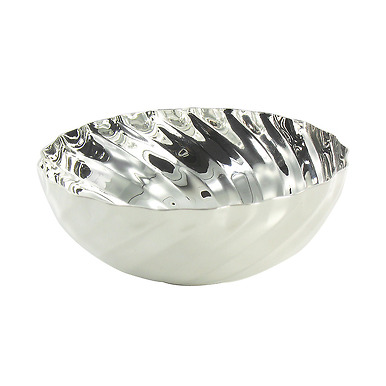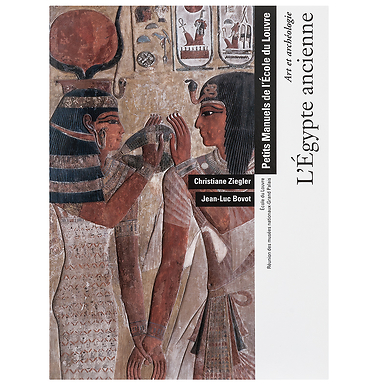Tod treasure cup
CB500043
In 1936, during the Musée du Louvre's excavations at Tod, were updated four copper caskets bearing the name of Amenemhat II (1937 B. C.), buried under the foundations of a temple built in honour of the falcon-headed gog Montu, god defender of Thebes.
The wealth of this treasure, consisting of gold...
Read more
In 1936, during the Musée du Louvre's excavations at Tod, were updated four copper caskets bearing the name of Amenemhat II (1937 B.C.), buried under the foundations of a temple built in honour of the falcon-headed gog Montu, god defender of Thebes.
The wealth of this treasure, consisting of gold, silver and lapis-lazuli, amazed the French Egyptologists : while these precious materials, especially the silver, came from the Near East and the lapis from the distant land of Bacteria, the shapes and décor of the many bowls, large and small, which made up an important share of this treasure, were foreign to Egypt.
However, at that time, the Egyptians only practiced coastal navigation, and could not have therefore visited the island of Crete. Nevertheless, caravan trading with the Middle-East was common in Egypt's since high Antiquity, and served as a link between the two civilizations.
Close
Login to see prices
Sold by GrandPalaisRmn




